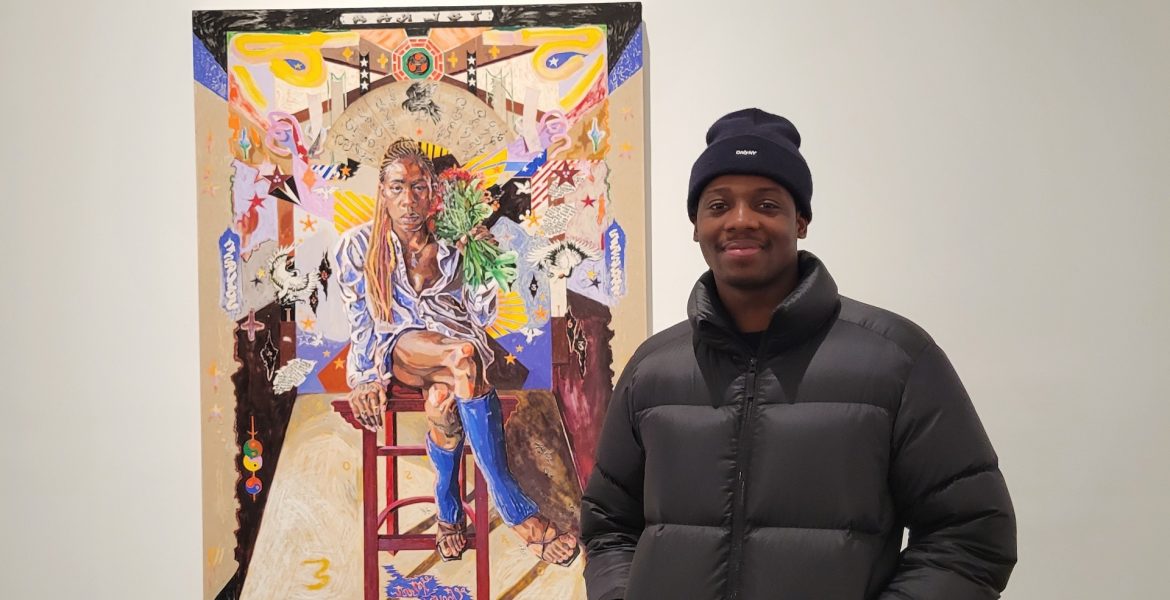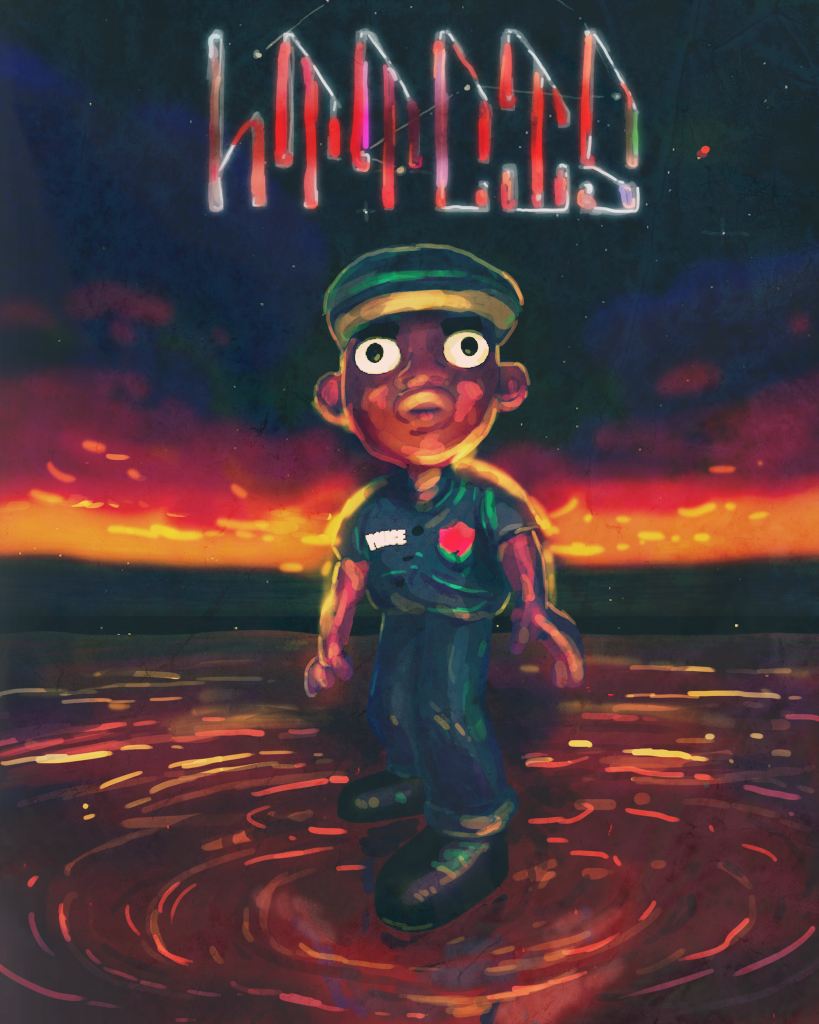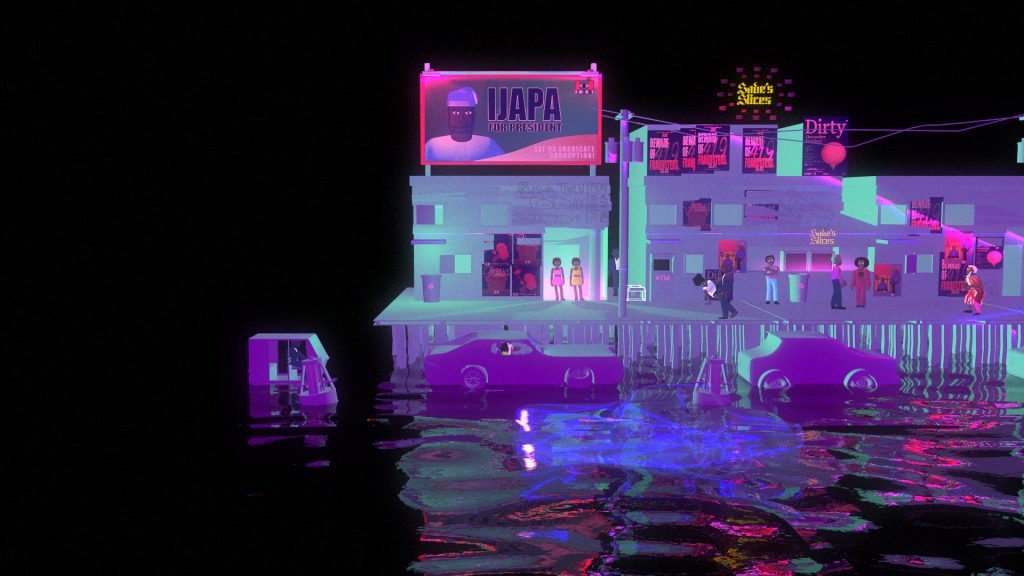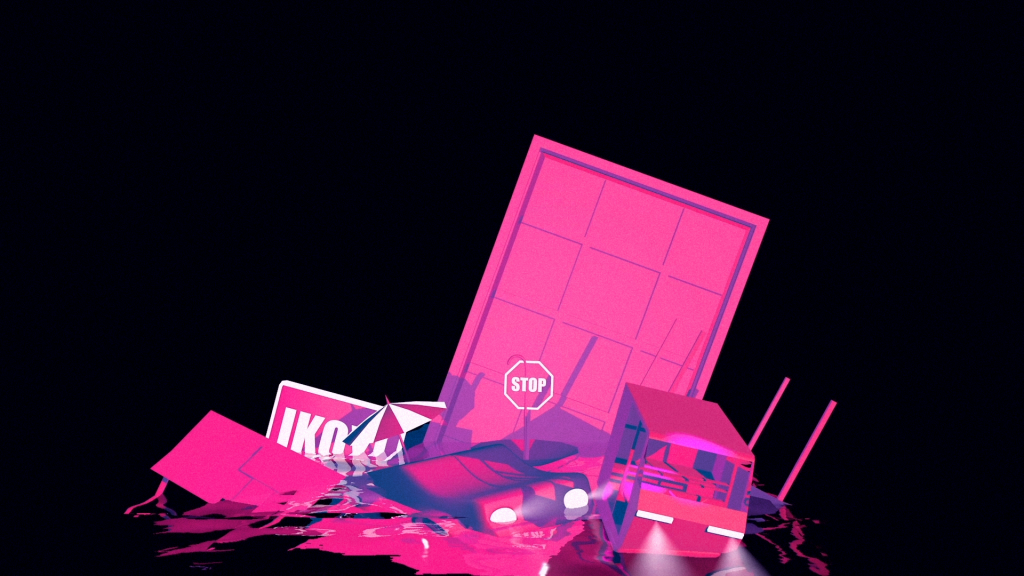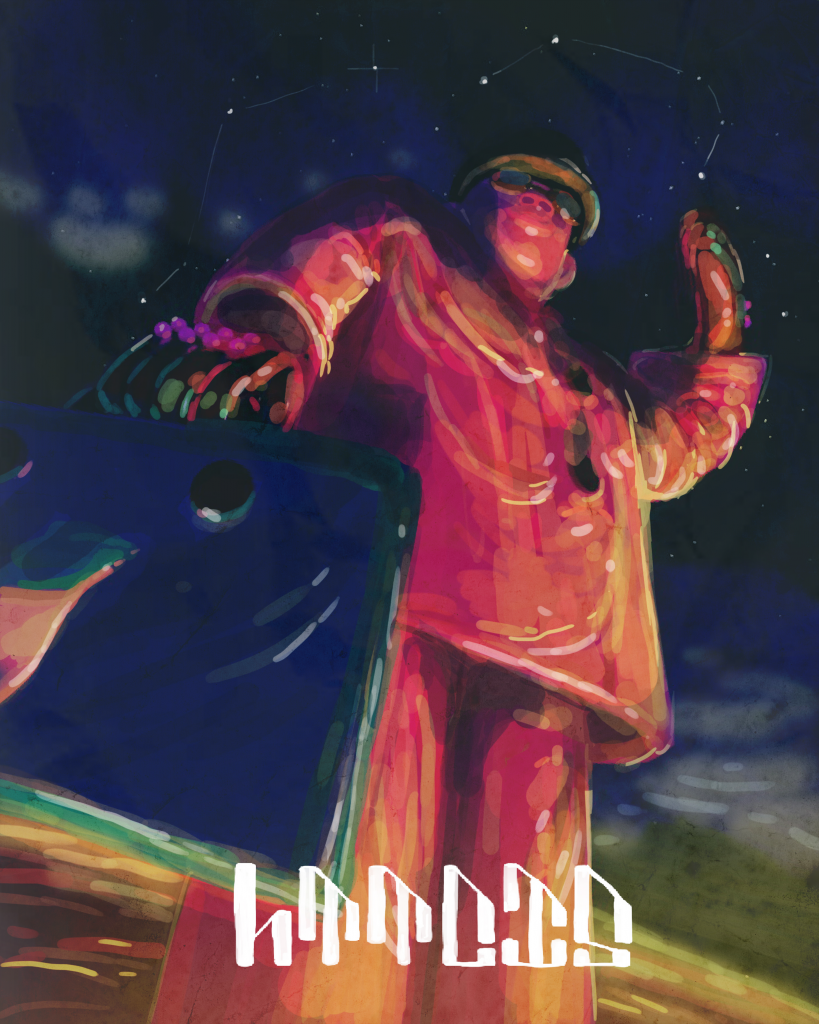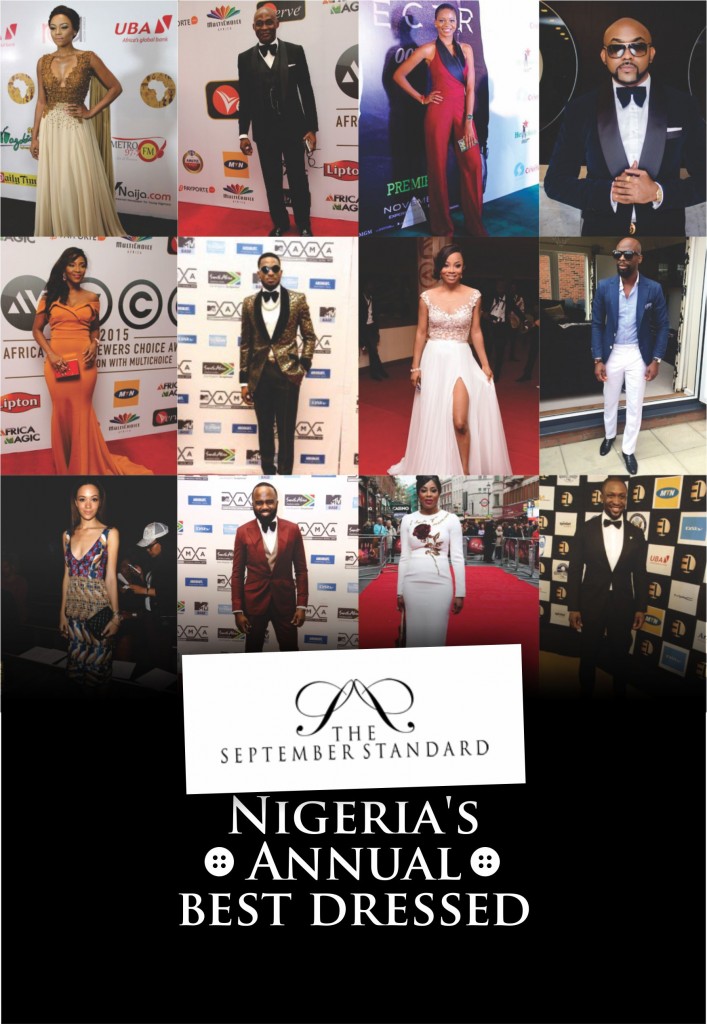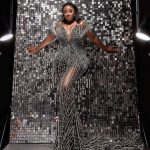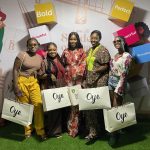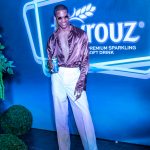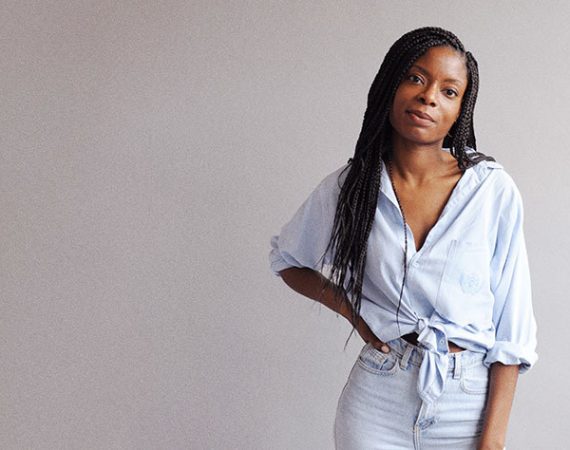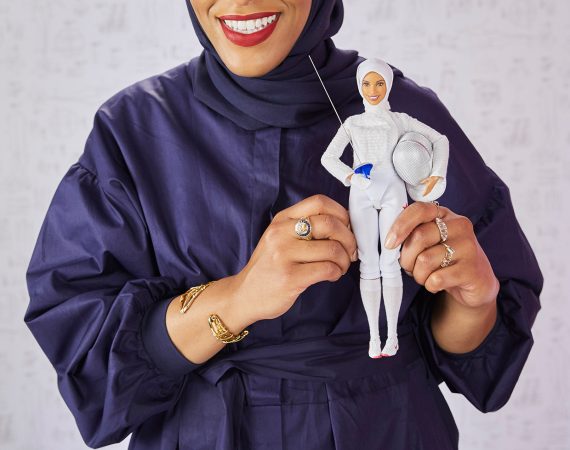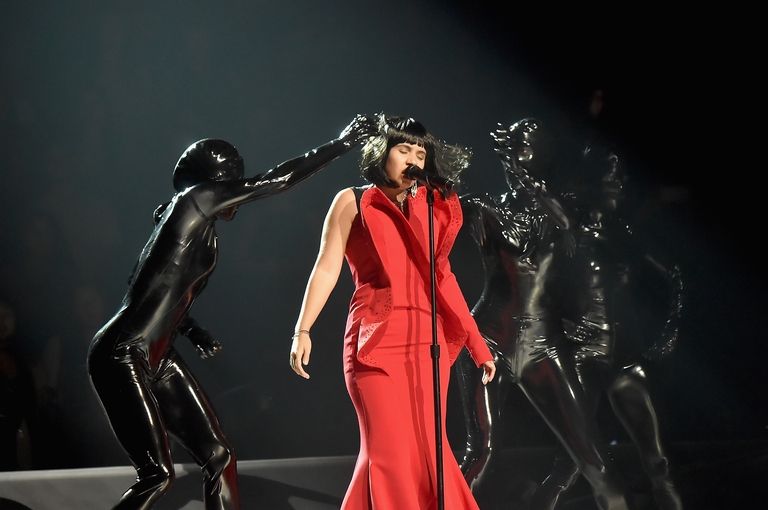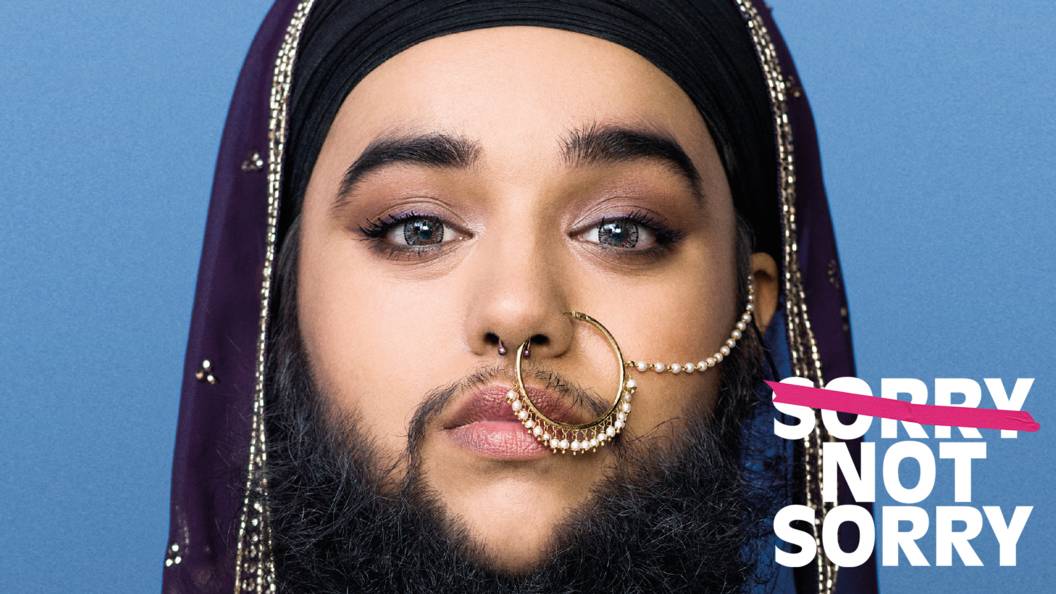Art is not sports where you are trying to be faster or stronger than someone else, Art is unique to each person
In motion graphics design, Kamal Adisa is a name that stands out. Born in Nigeria and now based in Brooklyn, New York, Kamal has made a name for himself in the industry, working with some of the most considerable talents in the world. With an eye for design, a passion for video editing, and a keen understanding of motion graphics, Kamal has become known for turning ideas into stunning visual stories. In this interview, we delve into Kamal’s journey, his creative process, and how he manages to stay ahead of the curve in an ever-evolving industry.
From his early beginnings in Nigeria to his rise to success in RCA Records (an American record label currently owned by Sony Music Entertainment), working for prominent local and international artistes like Wizkid, Doja cat and the likes, Kamal shares his insights and experiences as a motion graphics designer, offering a glimpse into what it takes to make it in one of the most competitive fields in the world of design.
 Your background spans graphic design, video editing, and motion graphics. How did your journey as a visual artist begin, and what inspired you to explore multiple art forms?
Your background spans graphic design, video editing, and motion graphics. How did your journey as a visual artist begin, and what inspired you to explore multiple art forms?
It was something I knew I wanted to do professionally in my life. I couldn’t see myself doing anything else. I knew I wouldn’t take any other career path from secondary school but explore the arts. That’s what I have always tilted towards. I was always that kid drawing at the back of the class. Around my high school days, I started to take it a bit more seriously. I researched all the possible paths to take to become a full-time artist, and I somehow just found myself in the lane of filmmaking and motion graphics which I eventually explored in college.
So yes, it was something I have always really wanted to do.
As a Nigerian, How did your education at Parson School of Design, New York, influence your creative approach?
Parsons is a school that focuses on ideas. The ideas we discuss in classes are on a deeper level. They ask you questions about your identity. For instance, if we discussed sustainability, they could ask how it affects your upbringing. The ideas we discussed at parsons were what drove my artistic approach for me. There is always a technique, but the topic we discussed shaped my thinking. The things the professors exposed us to are the best way Parsons influenced me the most.
The school also had a lot of talented individuals. A lot of my good friends now that I do a lot of work with, I met at Parsons.
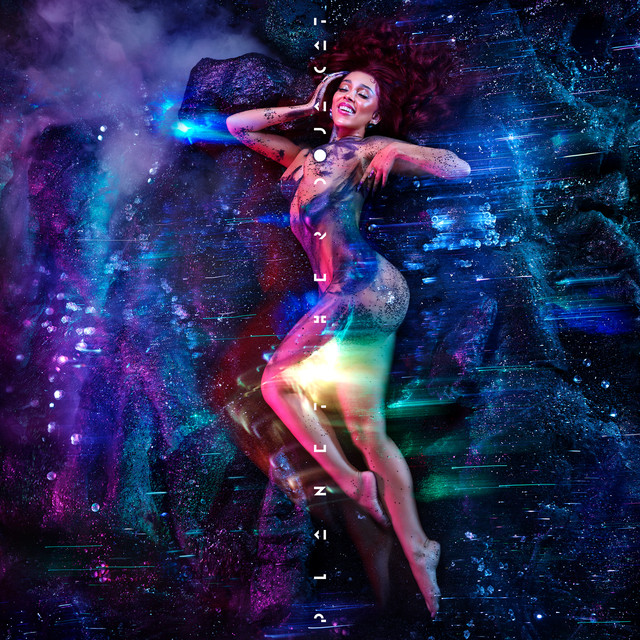 How has your cultural background experience in both countries influenced your artistic expression?
How has your cultural background experience in both countries influenced your artistic expression?
Being Nigerian has always entered my work. There is always the influence of the things I grew up with that would enter my work.
It showed itself in my pieces. So everybody has to do a final project at Parsons for their senior year. I spent the whole year working on my main project for this class, and we had to choose a topic we were interested in and create any type of graphic – design-related project surrounding the work. I chose a Nigerian folktale and decided on how the tortoise cracked its shell. It’s what interests me about my culture and being Nigerian. The niche things people might ignore are the things I want to speak more about. Things like music and food are popular and gain attention, but there are little things that we can highlight and put in a different light so people can see them internationally and in the world.
Talk us through your creative process, from the inspiration to the finished piece.
The process is very different for each piece you are working on. My drawings and painting are inspirations for the mood I am in. Off the top of my head, I figure out what I want to paint and get to it. But if it’s a film or animation, longer projects that take a lot of planning, it’s usually inspired by the media I am consuming. I was probably on Instagram and saw a fascinating work, maybe a photographer. I collect a lot of mood boards that I throw any inspiration into. I am constantly trying to gain more push, and I feel it’s just a dialogue by what I am inspired by. It could be the effect of a film I watched and was drawn to the shooting, the location, or the topic of the film. I just try to take pieces from everything I consume. It could be paintings or songs; put it together and make it mine.
You incorporate both 2D and 3D motion. How do you decide which medium to use in each unique project, and what do you believe are the strengths of each medium in telling your visual stories?
By working in After Effects, my 2D motion works are based on static things, still images. That’s how I use 2D. Specifically when I still have ideas that I can manipulate, which is its strength.
For 3D, I work with 3D when I am trying to make a bigger narrative, like animation. I am actually building things from scratch, modelling the characters. I use 3D to tell more complex stories. The strength of 3D is that it gives life to something that already exists in a way.
In 2019, you won The Students Animation competition at Denver’s 2019 Supernova Film festival with your animated short- Paradise Island. How did it feel to receive such recognition?
Receiving that recognition has influenced me big time. I didn’t expect to win at all. I was just excited to be there. It was the first film festival that I had ever applied for and attended. I had never used it before then. So I just applied and sent a film. The film I submitted was the first actual film I had finished making. To me, that was surprising. I was just happy to see everybody there and see the movie they were showing. It was just a fun experience for me.
There was an ending party after the festival, so I had a good time. I didn’t know there were going to be announcing winners anytime soon. Then they made the announcement, and I heard my name. I was shocked. I am glad I won. One of the judges wasn’t there then, but he left a note about why he chose my piece. He said I had a good idea of how to make comedic moments in the film. I guess he enjoyed it and found it funny. It wasn’t a serious topic I was talking about. It was just about cracking jokes. And he said I knew how to make comedic moments.
Was that your first big project? If not, what was it?
It took a lot of time to work on and was also my first time working with 3D. I took a class which led up to my submission for that festival. I learnt about modelling 3D in a specific programme. So it took me long hours to make that film, piece by piece and little by little.
One of my significant works is How the tortoise cracked its shell (2021), an animated short film based on a West African folktale because that took about a year to finish. Though I took breaks, It took a lot of my artistic inspiration. Each part was me trying my best to tell a story in the best way possible.
In your career thus far, what have been some of the most significant challenges you have faced, and how have you overcome them?
In terms of that film (How the tortoise cracked its shell), I was just learning 3D; I was literally learning about the film as I made it. I was bouncing between what I could do and what my imagination was trying to bring to life. It was a lot of balancing, but I learned how to make a film and collaborate with people. I had voice actors on there; I had people who helped with music and graphic design. I was doing producer role, director role and all that. There was much balancing to finish the work, but I am happy with how everything turned out. I am beyond grateful to everyone who helped me on that project.
In terms of actual work, working with RCA, the moments I have had that were quite challenging were getting used to working on more significant projects. Working at RCA was my first job after school, and I feel like because they have a lot of big names on their rosters, like Wizkid and the rest, it’s very intimidating to work on a project like that and feel very natural at what you are doing. I had the motion graphics thing for a while, and I felt comfortable and confident in my skills, but then I still had the pressure of remembering that you have to give them something awe-inspiring every time. So I feel like the challenge is gaining the confidence over time to feel comfortable enough to work on something, be ready to receive feedback, and eventually get things where they want. It took some time, but I feel confident working on projects daily. It happens very naturally now.
How do you strike a balance between your career and personal life?
I am still trying to strike a balance, but there is a good balance right now. Initially, I tried to put in my all and show that I could do the work, just like in any field. There is this zeal to show that you are good at what you do. I struck a balance by making good boundaries and communicating with everyone around me, friends and boss. Let them know what you can’t handle and be realistic about what it takes to do what you are doing. Also, I remain honest with myself, take breaks when I can, eat three times a day, go for a walk when I need to, go to a museum with friends and just make sure I keep in touch with my friends. I try to have a good social life outside work.
Who are the people in your life currently that inspire and motivate you?
Everyone motivates me; everyone is grounding me right now—my family, friends and girlfriend. My family gives me support; my parents are constantly checking on me, ensuring I eat and am alive and healthy. My friends are also into what I do. I am around very artistic people. We have fun, and there are also times we share ideas for a project we have in future. It’s always fun doing that. I have an excellent support system.
Can you share any upcoming projects or exhibitions you’re currently working on or have planned for the future?
There is nothing with a date on it right now, but I am working on a project with my friend, Raj, whom I have known since my first year of college. We were roommates in the first year. We are working on a project right now. The genre is an interview, but it is an animated interview. We plan to talk to many friends about art and what the process is like for them. We are interested in shedding light behind the scenes for many artists and how they see their work and practice. But it will all be animated. That’s the idea.
Lastly, as a budding artist of repute, what advice would you give aspiring artists looking to develop their skills and establish themselves in the art world?
Focus on your art and craft. Art is not sports where you try to be faster or stronger than someone else. It’s an individual thing, and you must practice a lot and bring something unique to yourself out in the world. Another important thing is to collaborate with people and rub their minds with other artists. See what they are doing and have a community that will take you far.

